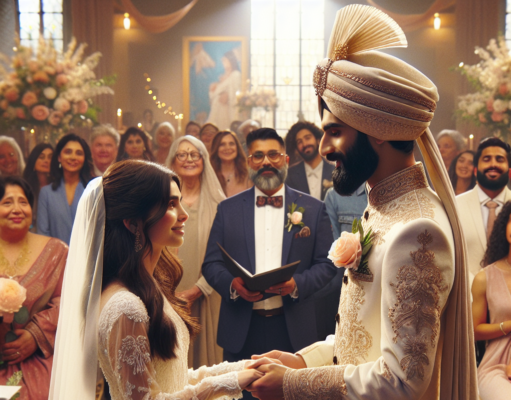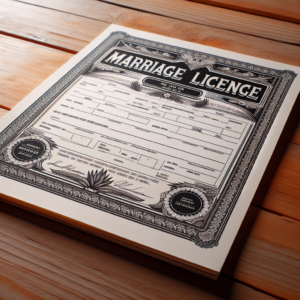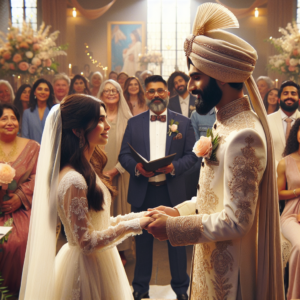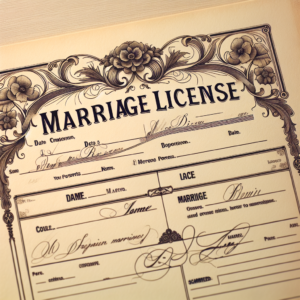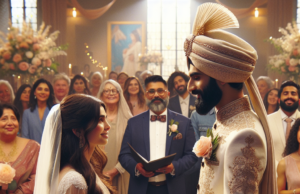Unveiling the Hidden Truths of Marital Property Rights: What You Must Know

Marital property rights are a critical aspect of any marriage, yet they often remain shrouded in confusion and misunderstanding. As couples embark on their journey together, it is essential to grasp the intricacies of property rights to ensure a fair and equitable division of assets, should the need arise. This article aims to unveil the hidden truths surrounding marital property rights, providing couples with the knowledge necessary to navigate this complex legal landscape.
Understanding Marital Property Rights: A Comprehensive Overview for Couples
Marital property rights refer to the legal entitlements that spouses have concerning the assets and debts acquired during their marriage. In most jurisdictions, any property acquired during the marriage is considered marital property, regardless of whose name is on the title. This includes real estate, vehicles, bank accounts, and even retirement benefits. Understanding these rights is crucial for couples, as it lays the foundation for financial transparency and mutual respect. It is important for partners to engage in open discussions about their financial situations and expectations, fostering a collaborative approach to managing their shared assets.
The Legal Framework: How Different States Define Marital Property
The legal definition of marital property varies significantly from state to state, primarily categorized into two systems: community property and equitable distribution. In community property states, such as California and Texas, all assets acquired during the marriage are deemed jointly owned and are typically divided equally upon divorce. Conversely, equitable distribution states, like New York and Florida, consider various factors, including the length of the marriage and the financial contributions of each spouse, to determine a fair division of property. Couples must familiarize themselves with the laws specific to their state to understand their rights and obligations fully, as these laws can have a profound impact on the outcome of property division in the event of a divorce.
Distinguishing Between Separate and Marital Property: Key Considerations
One of the most critical aspects of marital property rights is the distinction between separate and marital property. Separate property refers to assets owned by one spouse before the marriage or acquired through inheritance or gifts specifically designated for one spouse. Marital property, on the other hand, encompasses assets acquired during the marriage. However, the classification can become complicated, especially when separate property is commingled with marital assets. For instance, if one spouse uses separate funds to purchase a home that both spouses live in, it may be challenging to determine the property’s status during a divorce. Couples should maintain clear records of their assets and seek legal advice if they are unsure about the classification of specific properties.
The Role of Prenuptial Agreements in Protecting Marital Property Rights
Prenuptial agreements, often viewed as a taboo topic, serve as a proactive measure for couples to outline their property rights and responsibilities before marriage. These legally binding contracts can clarify the division of assets in the event of divorce, protecting both parties’ interests. A well-drafted prenuptial agreement can address various issues, including the classification of separate and marital property, spousal support, and the handling of debts. While not all couples may feel the need for a prenuptial agreement, it can provide peace of mind and prevent potential disputes down the line. It is advisable for both parties to consult with independent legal counsel to ensure that the agreement is fair and enforceable.
Common Misconceptions About Marital Property: Debunking the Myths
Misunderstandings about marital property rights can lead to significant complications during divorce proceedings. One prevalent myth is that only property held in both spouses’ names is considered marital property. In reality, any asset acquired during the marriage is typically subject to division, regardless of title. Another misconception is that gifts from one spouse to another automatically become marital property. While gifts are generally considered separate property, the context and intent behind the gift can influence its classification. Debunking these myths is essential for couples to navigate their financial landscape effectively and make informed decisions regarding their assets.
Navigating Disputes: Strategies for Fair Division of Marital Assets
When disputes arise over the division of marital property, it is crucial for couples to approach the situation with a focus on fairness and collaboration. Open communication is key; both parties should express their concerns and priorities regarding asset division. Mediation can be an effective strategy, allowing couples to work with a neutral third party to reach a mutually agreeable solution. In cases where mediation is unsuccessful, litigation may be necessary, but it is often a lengthy and costly process. Couples should consider the long-term implications of their decisions, prioritizing a fair division that allows both parties to move forward positively. Seeking legal counsel can also provide valuable guidance in navigating these disputes and ensuring that both spouses’ rights are protected.
Understanding marital property rights is essential for couples to foster a healthy financial partnership and prepare for the unexpected. By educating themselves on the legal framework, distinguishing between separate and marital property, and considering prenuptial agreements, couples can protect their interests and minimize conflicts. Debunking common misconceptions and employing effective strategies for asset division can further enhance their ability to navigate disputes amicably. Ultimately, knowledge is power, and being informed about marital property rights can lead to a more harmonious and equitable relationship.

